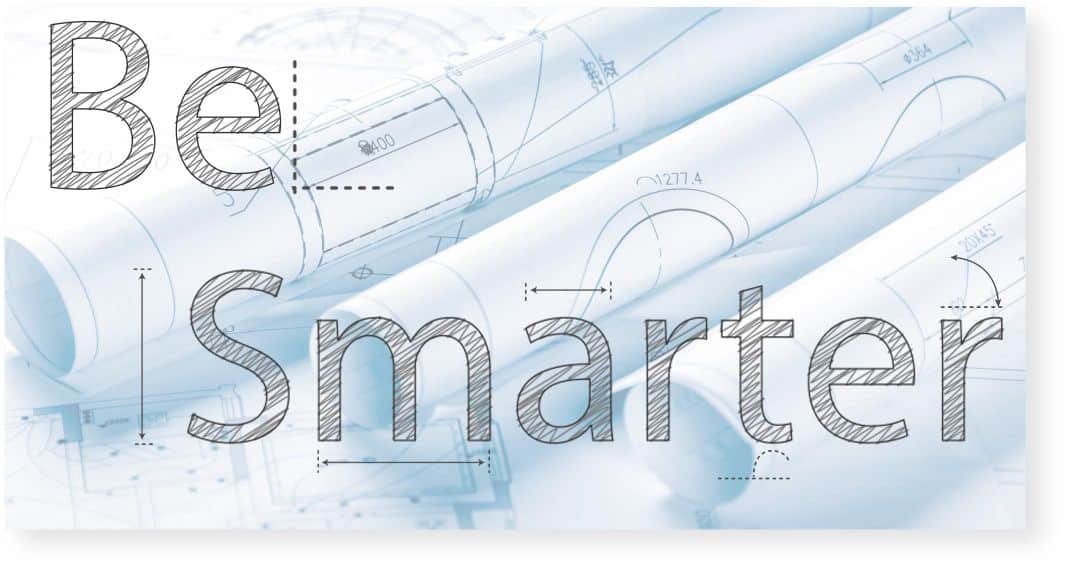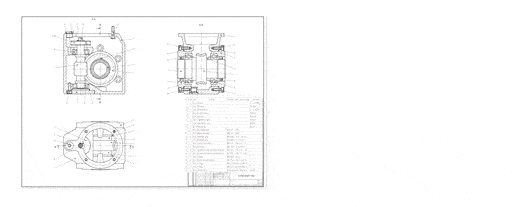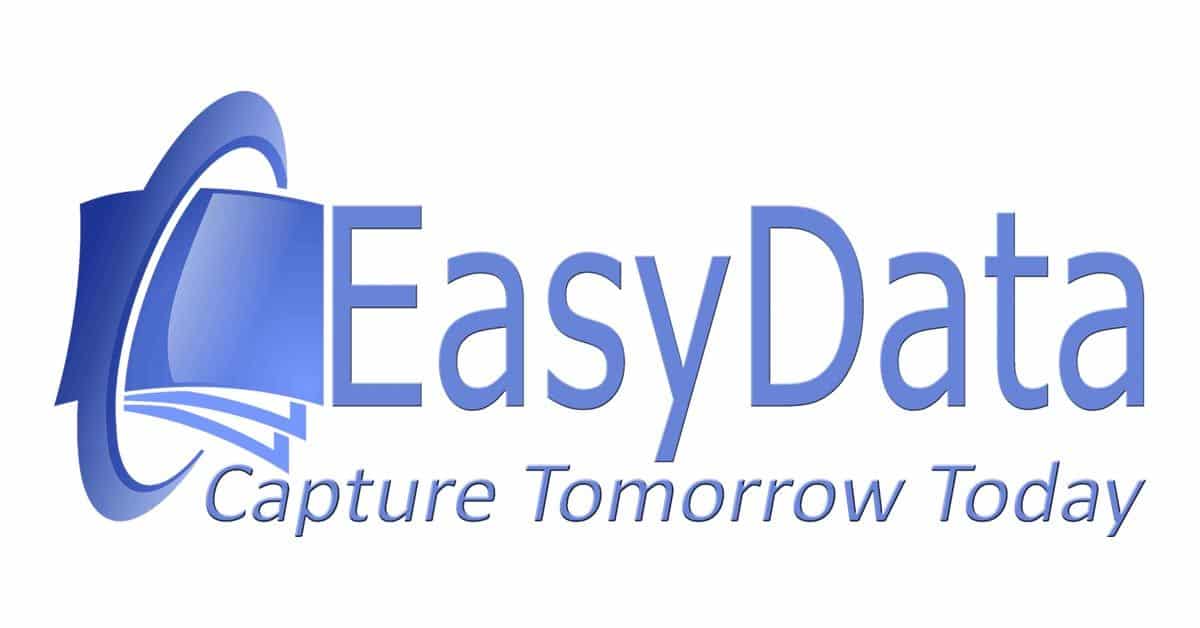Drawing Recognition from scanned technical drawings

Drawing Recognition
Are you looking for solutions for drawing recognition? Technical documents such as drawings and manuals often exist as scanned images of paper documents and, therefore, contain no searchable information.
However, today, we understand that technical drawings are very structured documents, and obviously, capturing data is an important task for search automation. So, finally, here we are with our Drawing Recognition solution!
Example usability
Of course, the industry has been using various methods in order to extract information from these drawings. In particular, OCR (Optical Character Recognition) – full-text recognition of all characters in the document is the most popular approach.
Indeed, that is a good step forward, but the result of this processing is still an unstructured document, so you cannot really call it Drawing OCR.

OCR data classification
EasyData takes a more comprehensive approach to the drawing recognition.
As a result, the quality and amount of extracted information has gotten much better thanks to to our Artificial Intelligence (AI) techniques processing the drawings after recognition. That’s what we call Drawing OCR. In the end, this approach provides the foundation for Digital Transformation of any digital archive.
Machine learning
To develop these algorithms, EasyData’s engineers processed and classified millions of technical drawings and tought the neural network to spot values that are relevant for data extraction.
Our clients are happy with the results of ML powered Drawng OCR. Our algorithms can significantly speed up the document processing by reducing the number of recognition and classification errors. In doing so Artificial Intelligence is learning on each project, which makes it possible to solve increasingly complex challenges.
Daily practice
EasyData can realize an individual Drawing OCR project relatively quickly. The implementation speed depends on the complexity and the number of examples that we use for training.
Our algorithms work at the intersection of two fields: computer vision and machine learning. For example, the operator classifies the document and points the system to the data of interest. So our system learns and automatically finds such data on new documents.

High-quality recognition is equally important. Classification algorithms use recognized text to identify specific area a given drawing should be attributed to. It is even possible with our technology to convert handwritten text into readable text!
The quality of drawing recognition, the speed with which we adjust our algorithms to your tasks, as well as the range of problems we solve makes us unique specialists in the world of technical drawing recognition in all standards.



